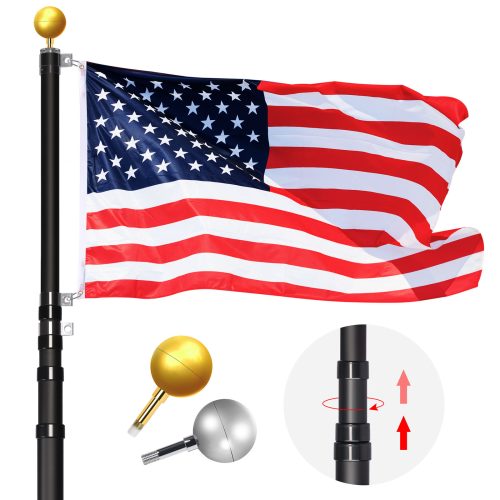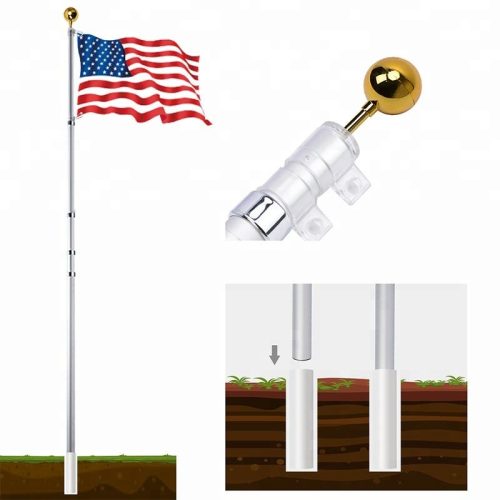Flag design can be a highly artistic and creative process, as flags are visual representations of a country’s history, culture, and values. Here are a few ways that artistic and creative elements can be incorporated into flag design:
- Symbolism: Flags often include symbols that represent important aspects of a country’s history or culture. For example, the United States flag includes stars and stripes that represent the 50 states and the original 13 colonies. The Mexican flag features an eagle and serpent, which are important symbols in the country’s mythology.
- Colors: The colors of a flag can also be highly symbolic, representing everything from a country’s natural environment to its political system. For example, the green and white of the Nigerian flag represent the country’s agriculture and peace, while the red and white of the Canadian flag represent its ties to Great Britain.
- Composition: The composition of a flag can also be an artistic element of flag design. For example, the shape and arrangement of the stars and stripes in the United States flag create a unique visual pattern that is instantly recognizable around the world.
- Creativity: While many flags follow traditional design elements, some flags are highly creative and unique. For example, the flag of Nepal features a non-rectangular shape, while the flag of Mozambique includes a depiction of an AK-47 rifle, symbolizing the country’s struggle for independence.
Overall, flag design is a highly creative and artistic process that can incorporate a wide range of elements, from symbolism to composition to color. By combining these elements in unique and meaningful ways, designers can create flags that are visually striking and deeply representative of the countries they represent.


